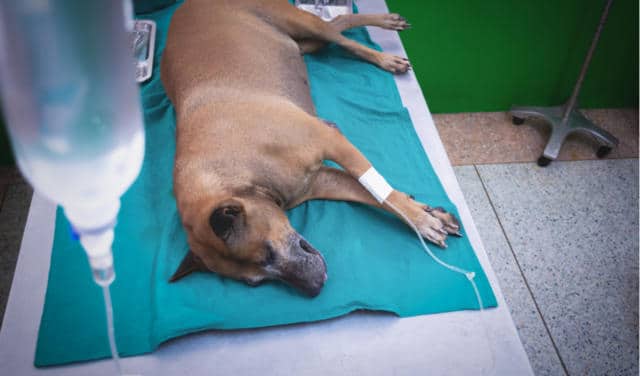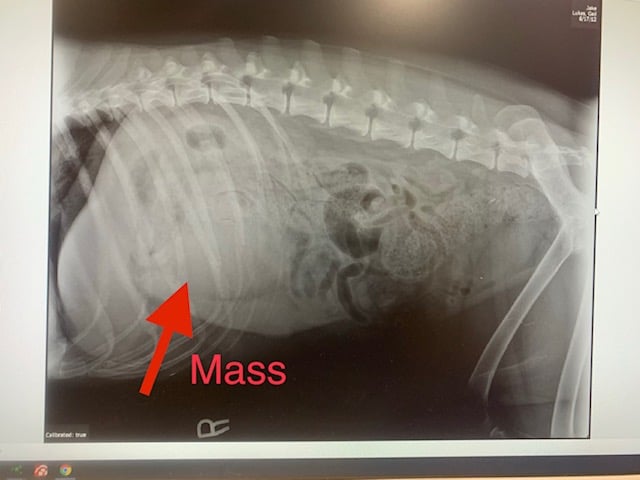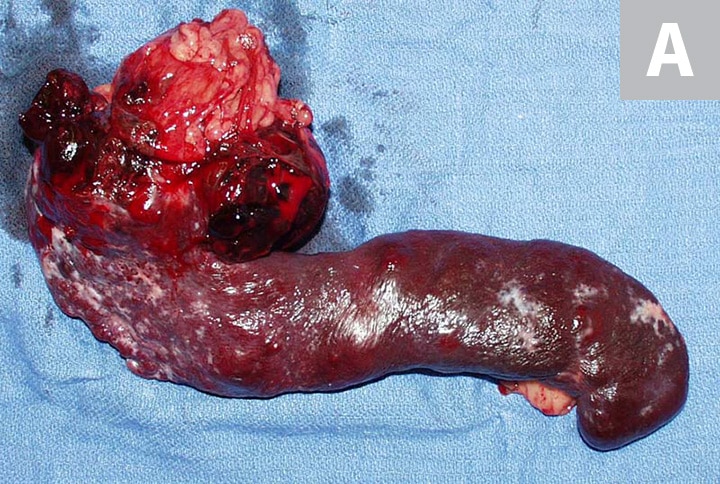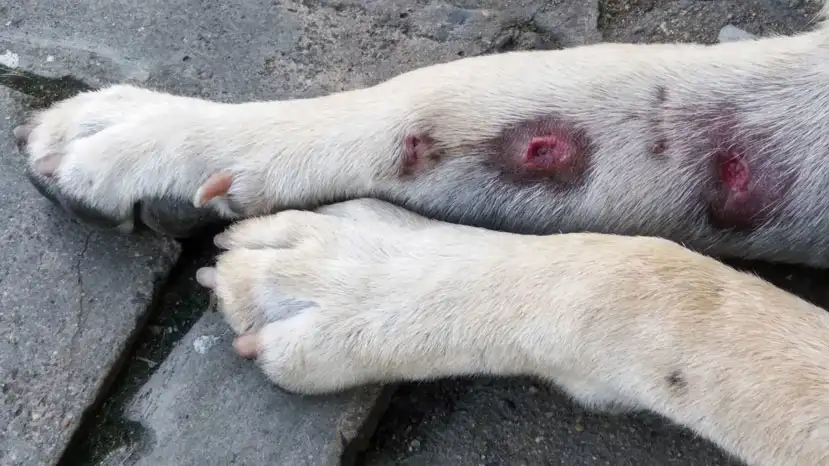Kidney disease in dogs
Kidneys play an essential role in the bodies of our four-legged friends. But what happens when these vital organs no longer function optimally? In this article, we take a detailed look at kidney disease in dogs, its causes, symptoms, and how best to treat and prevent it.










